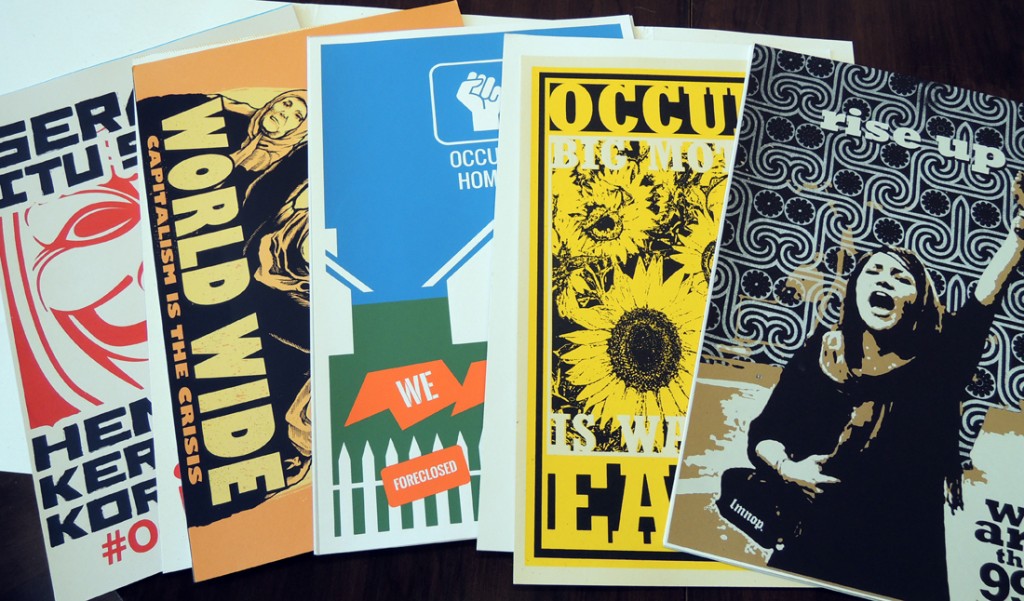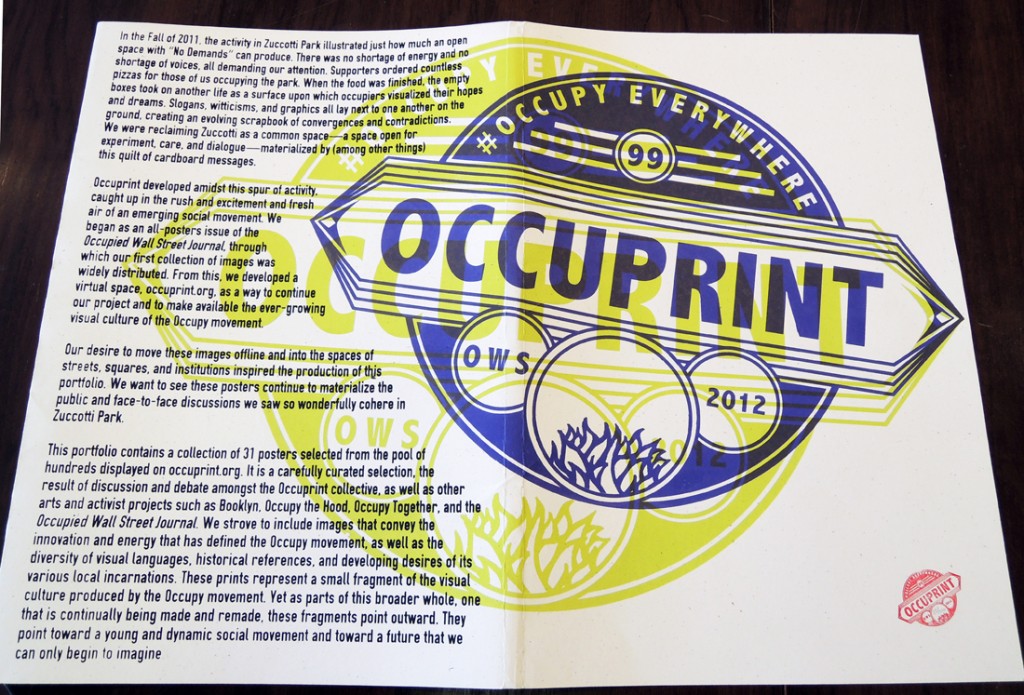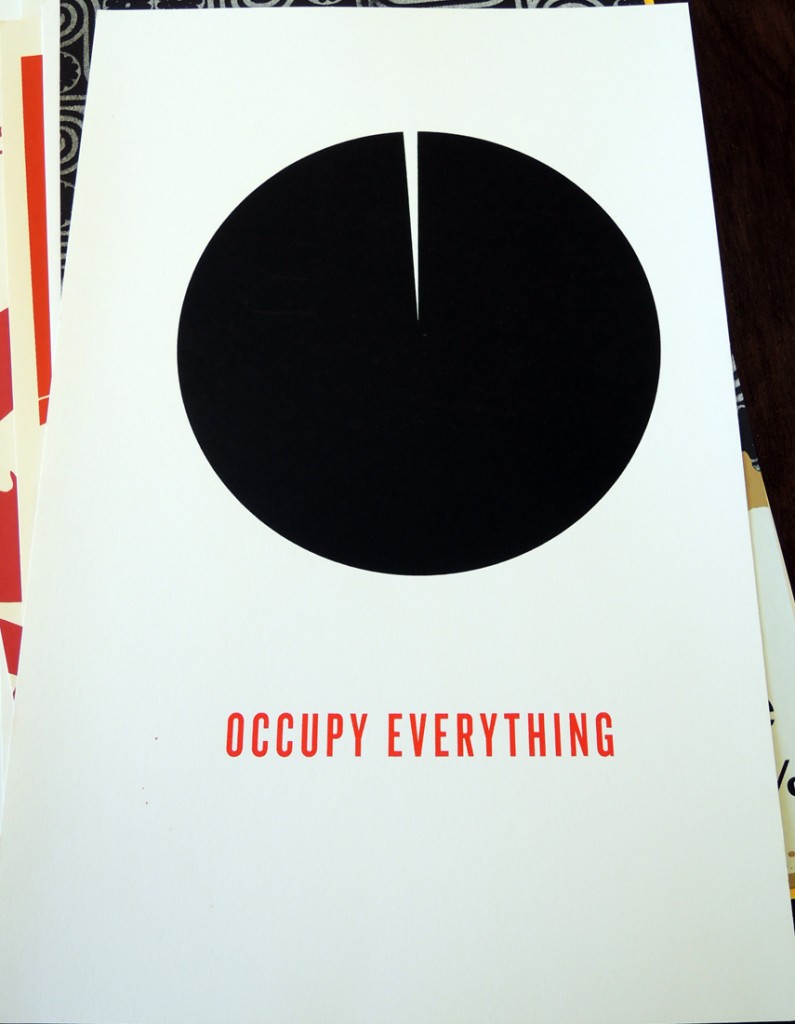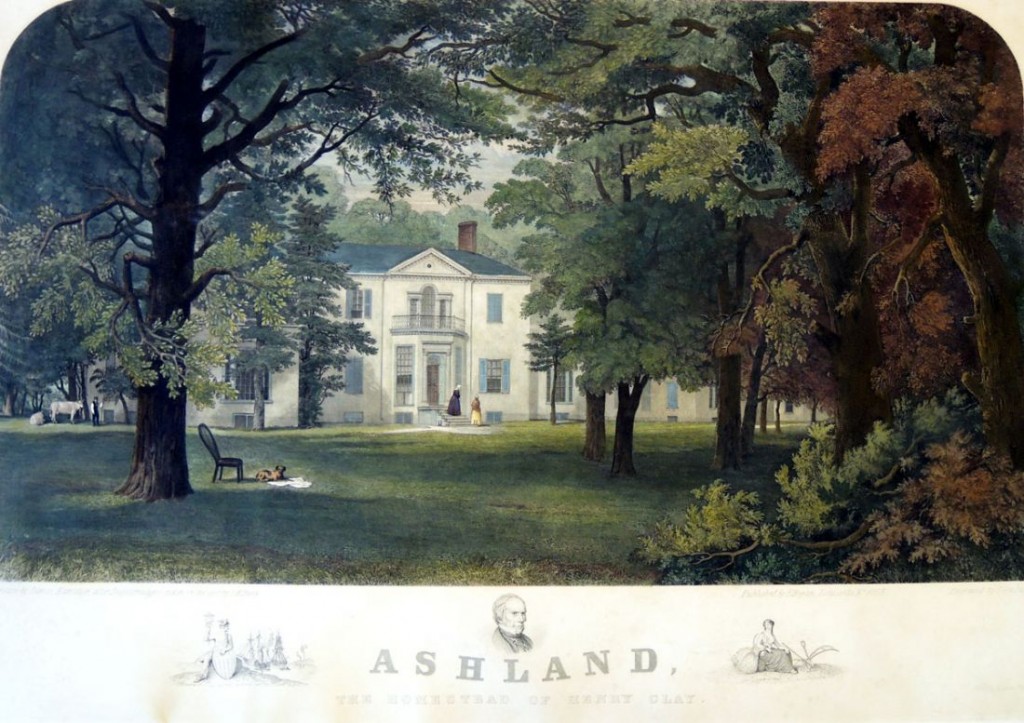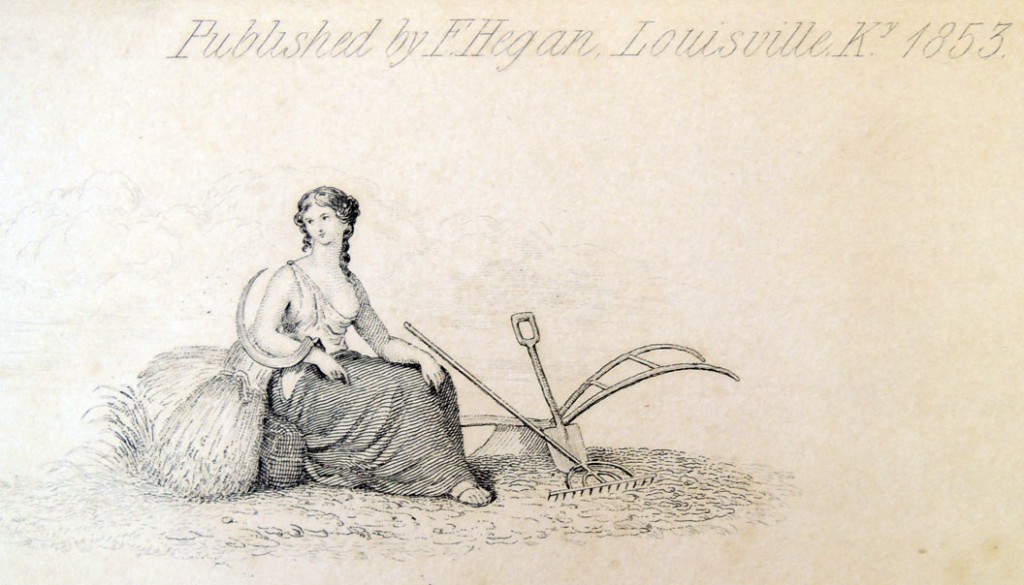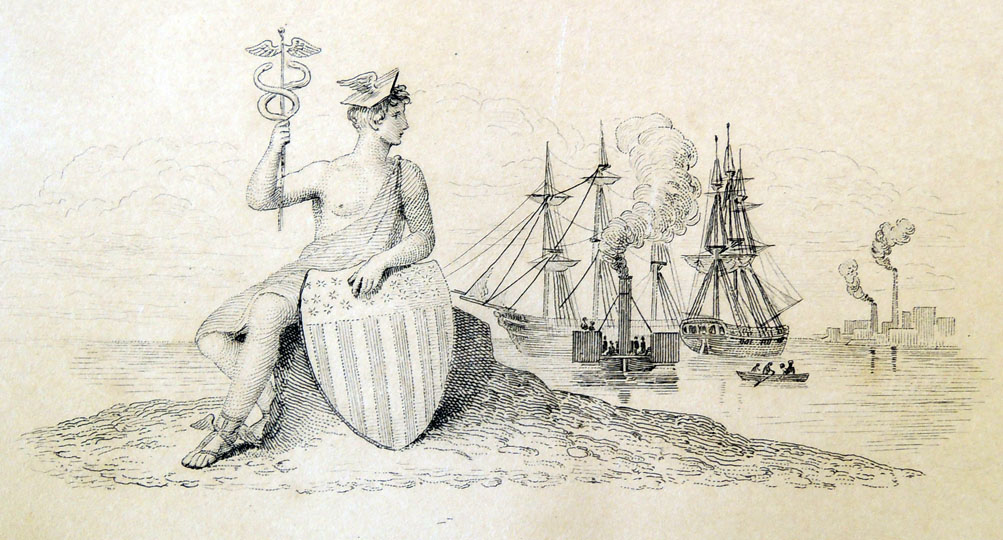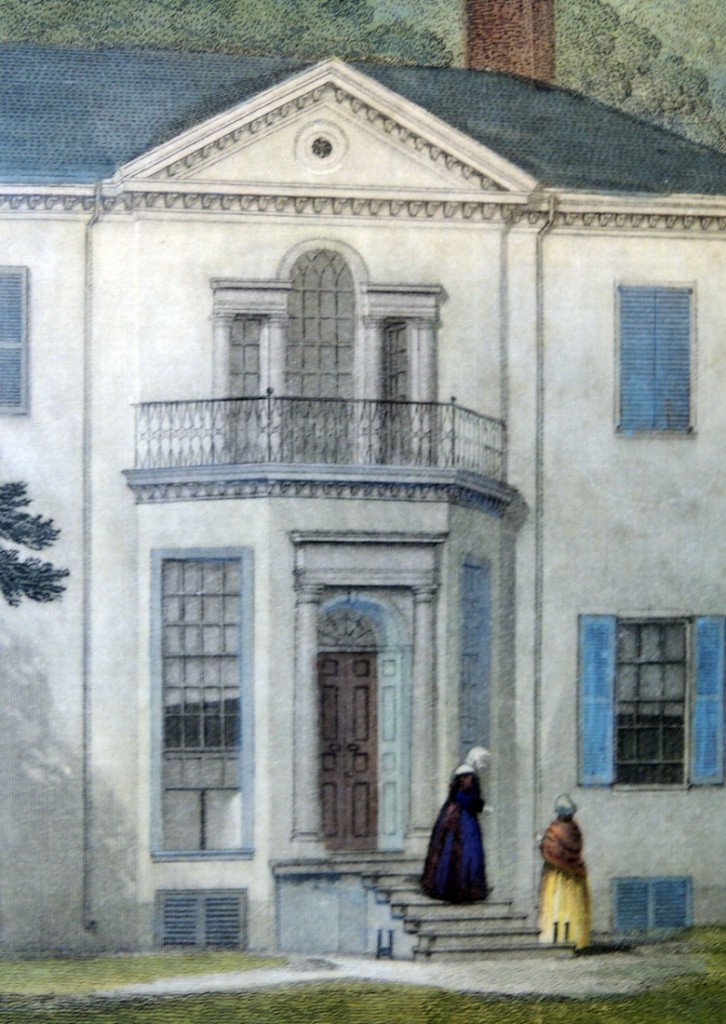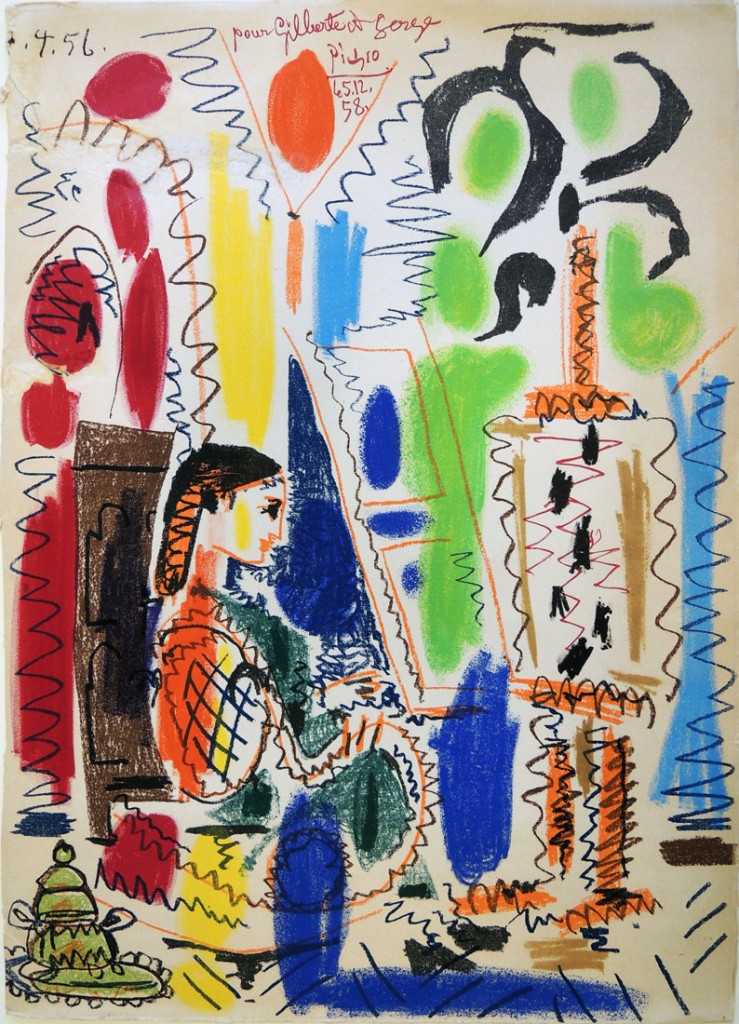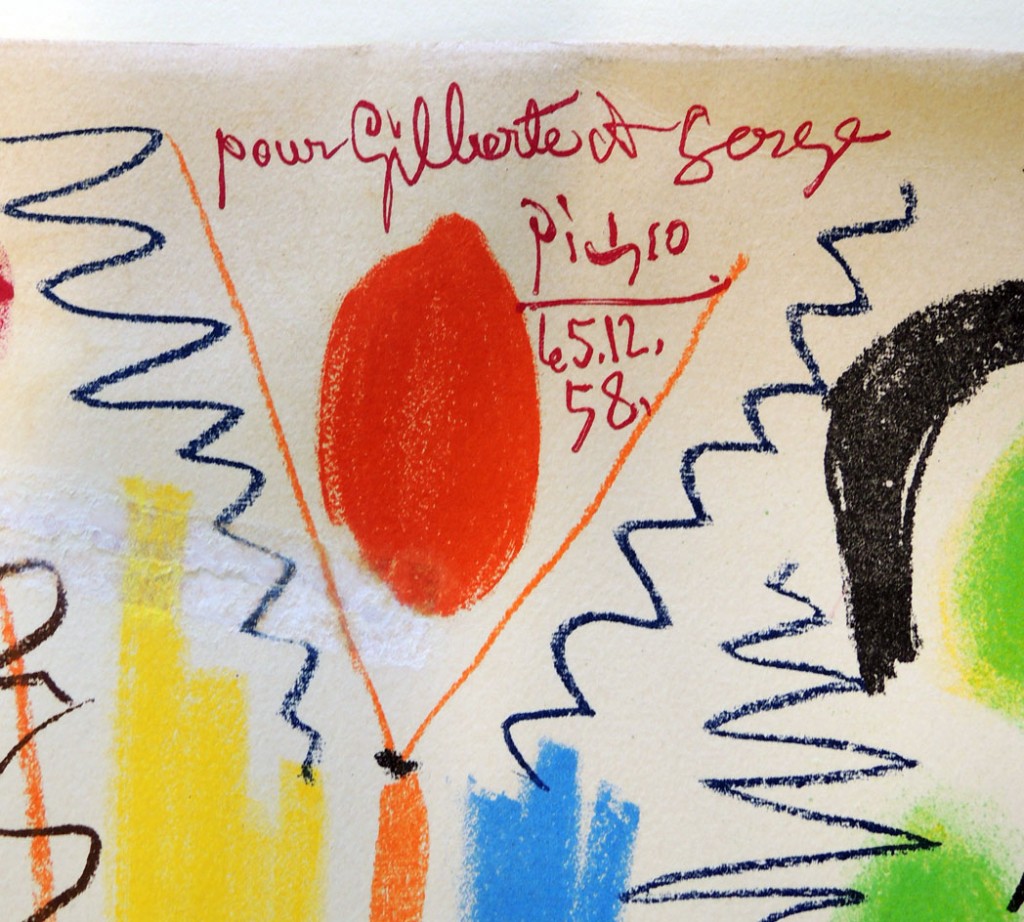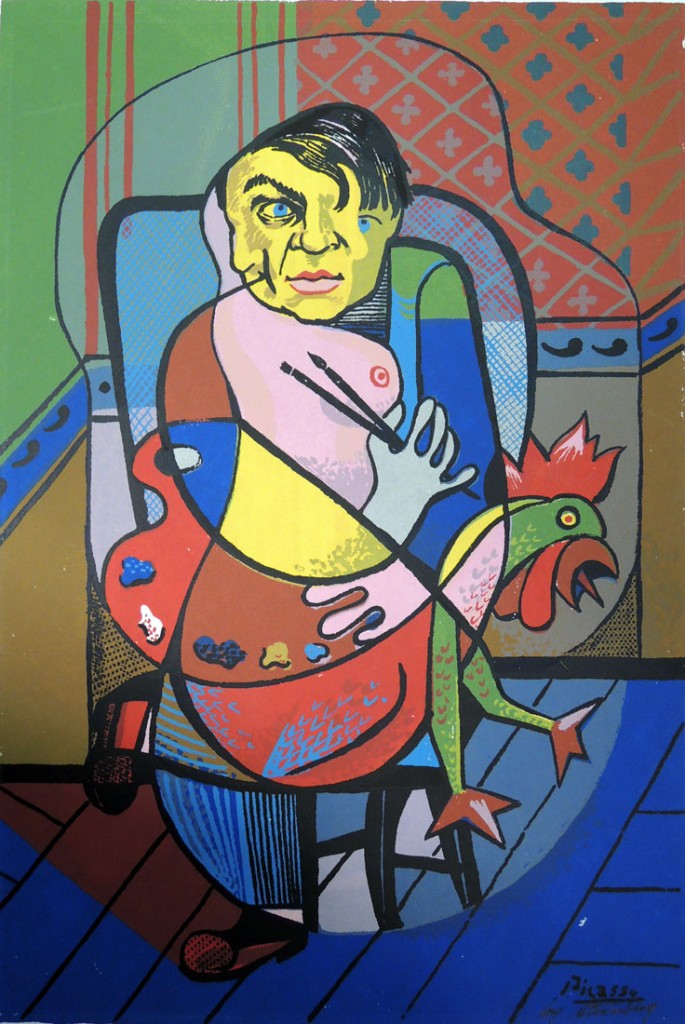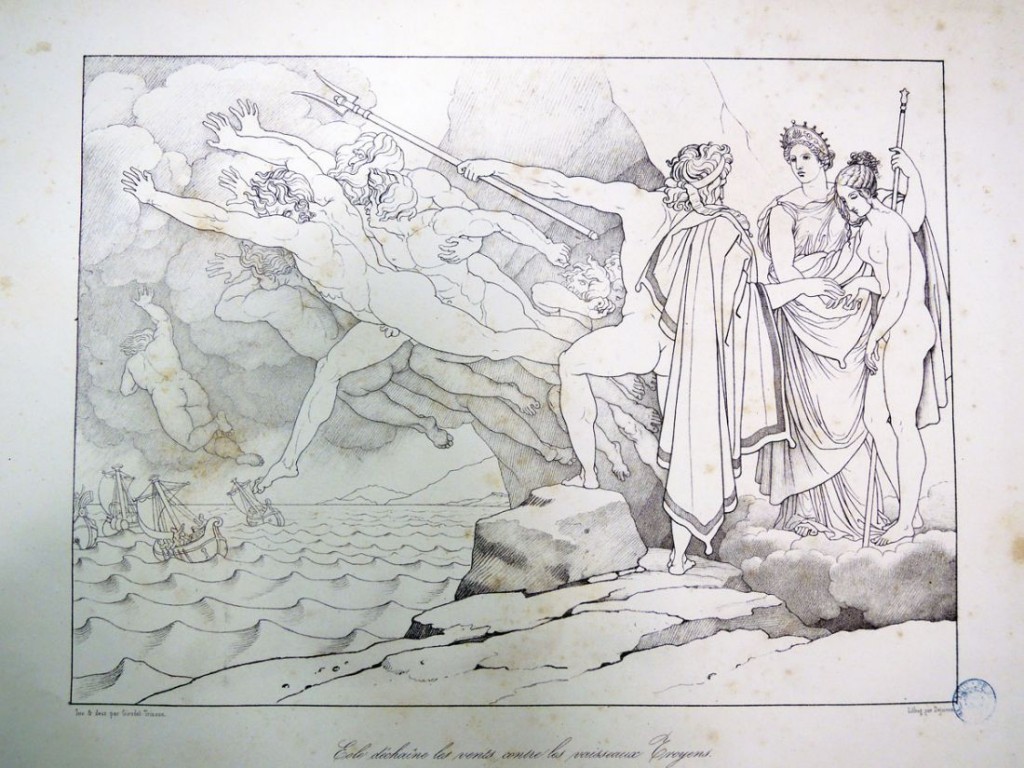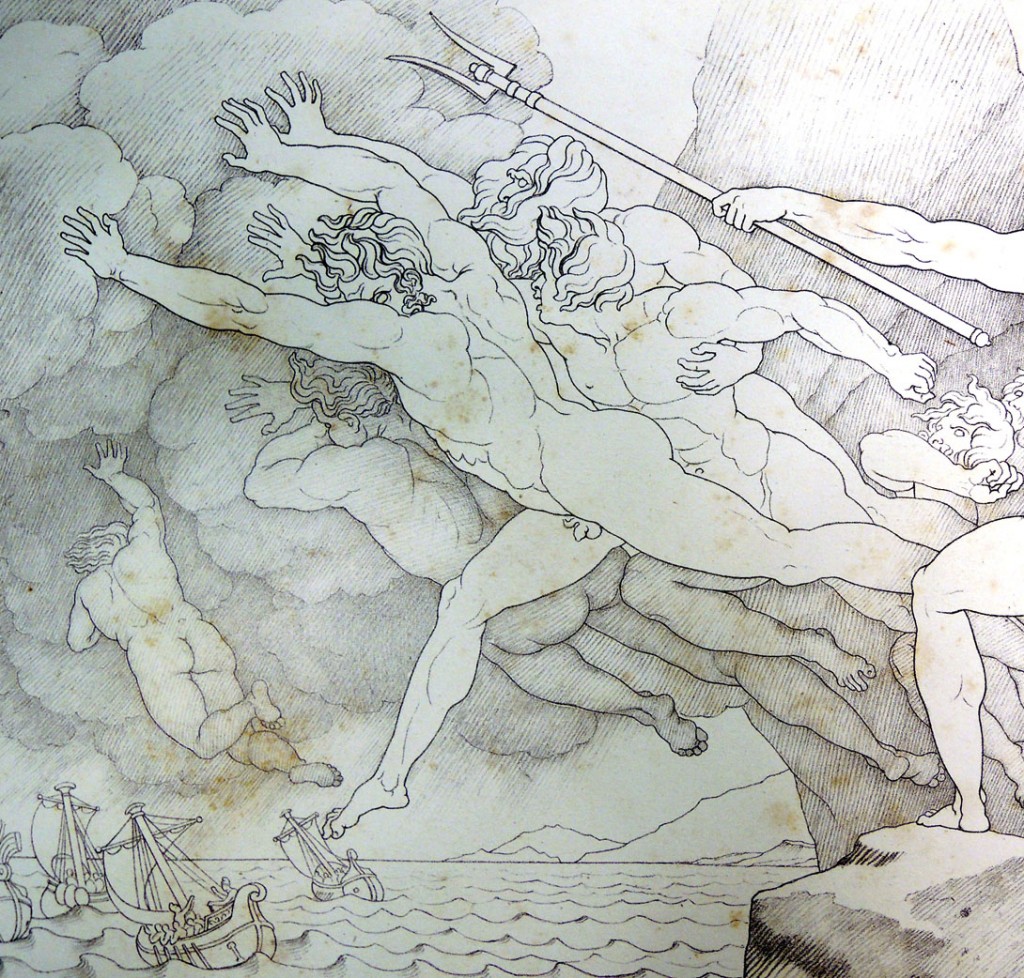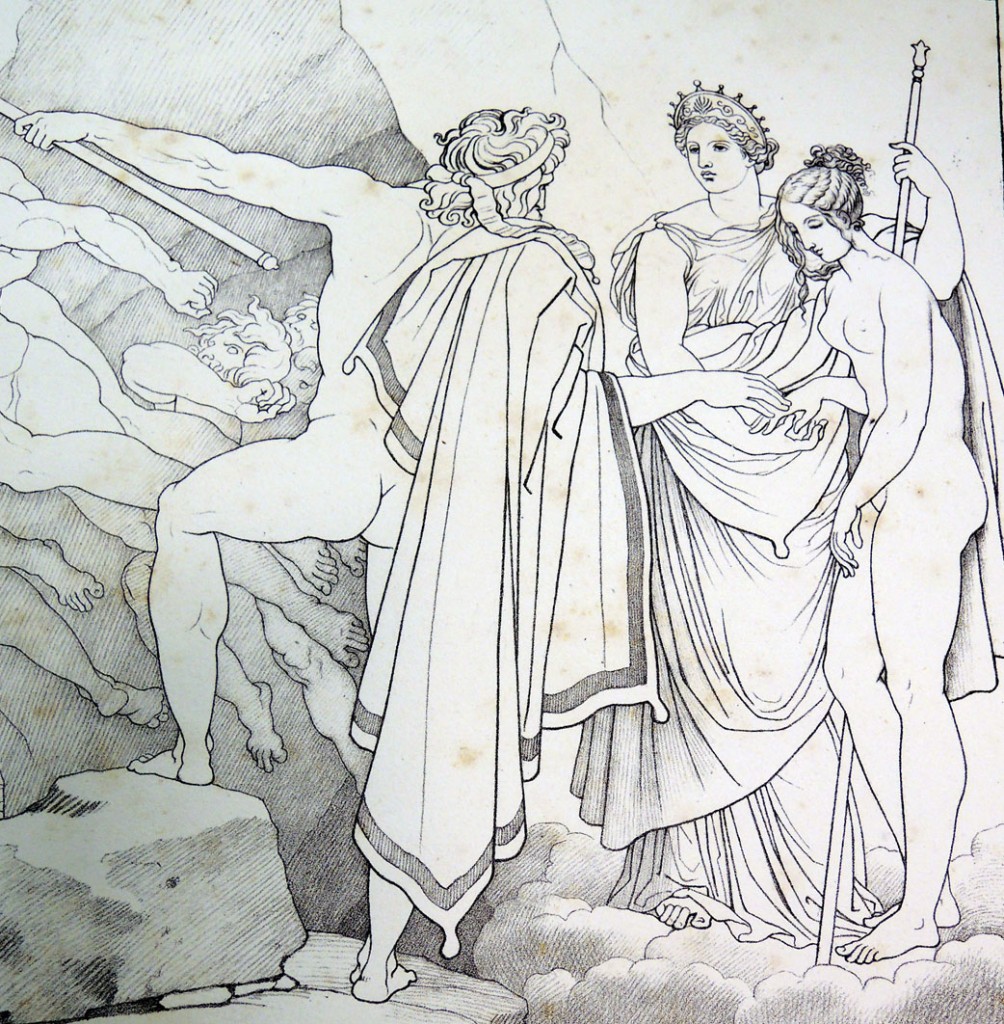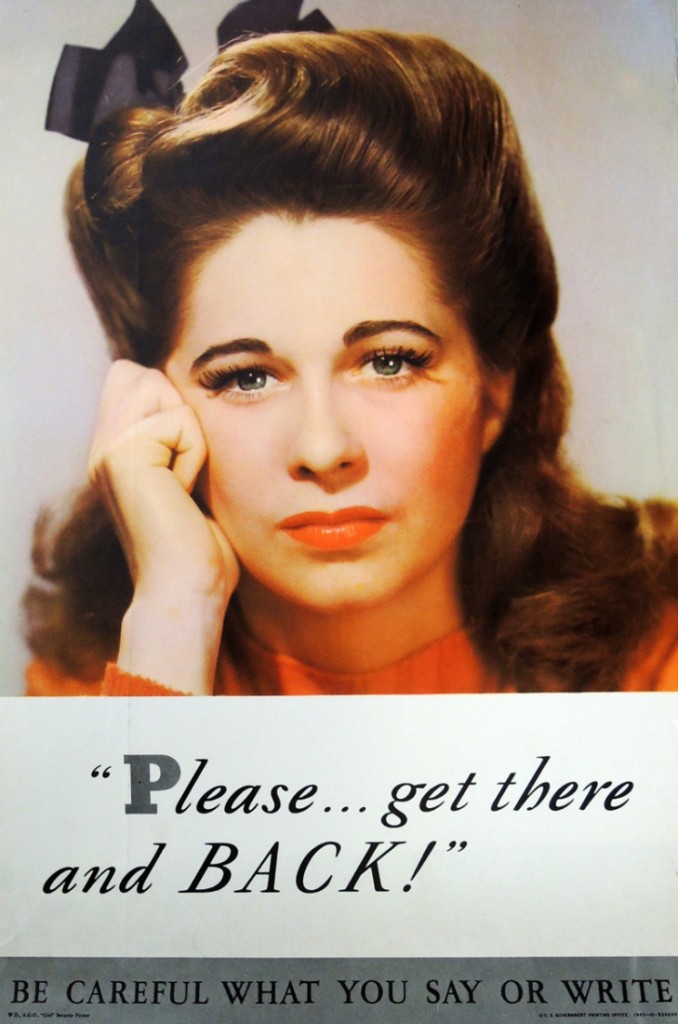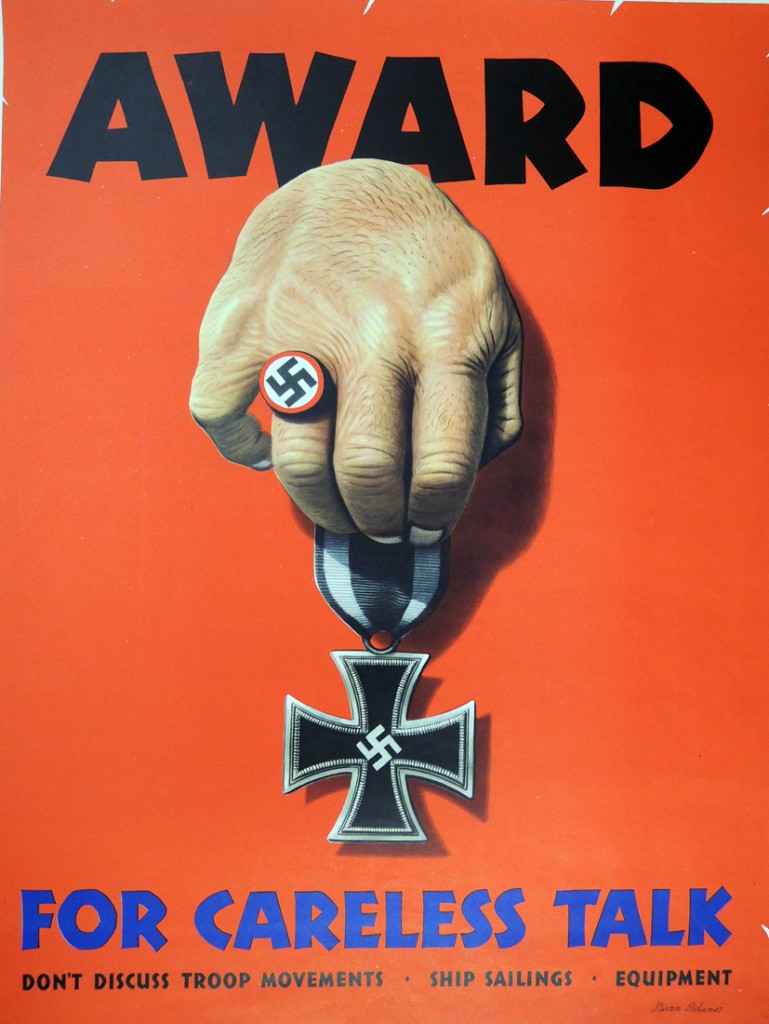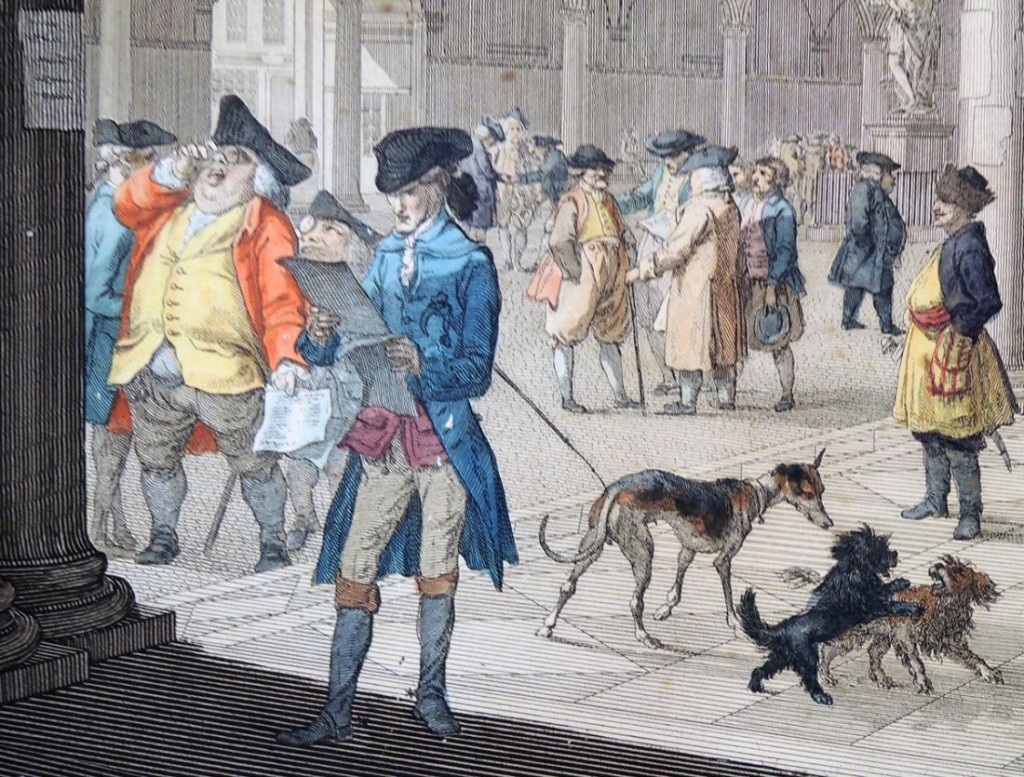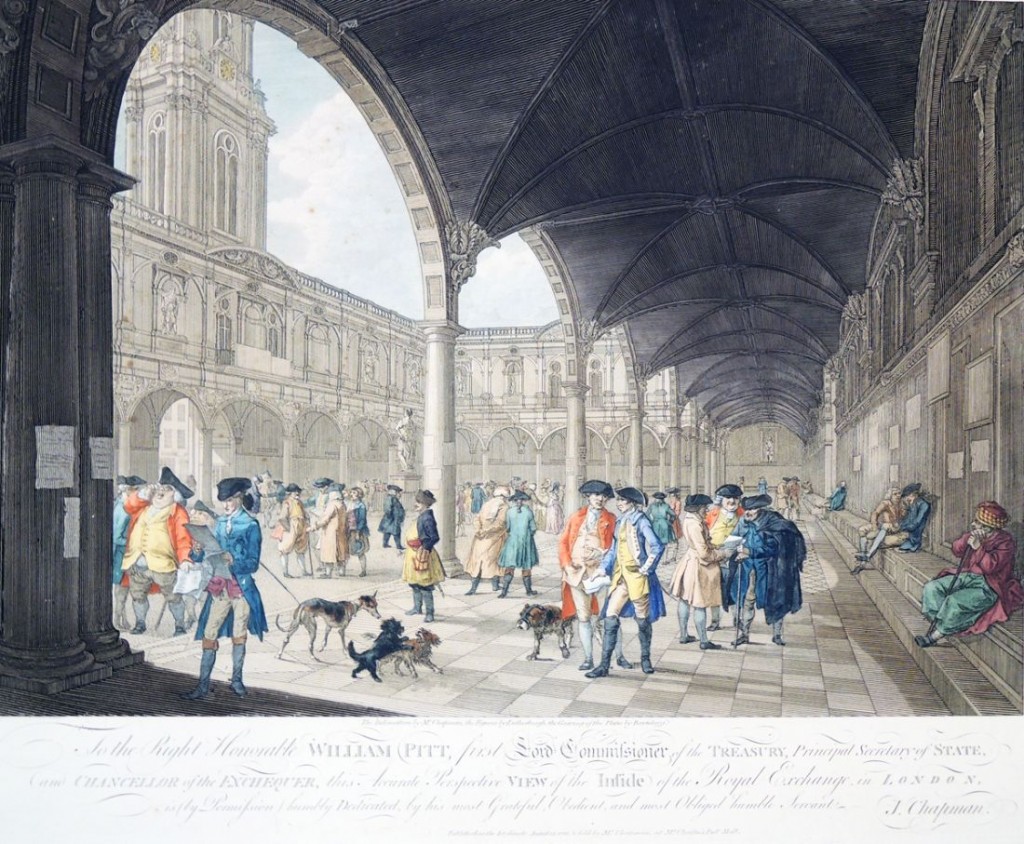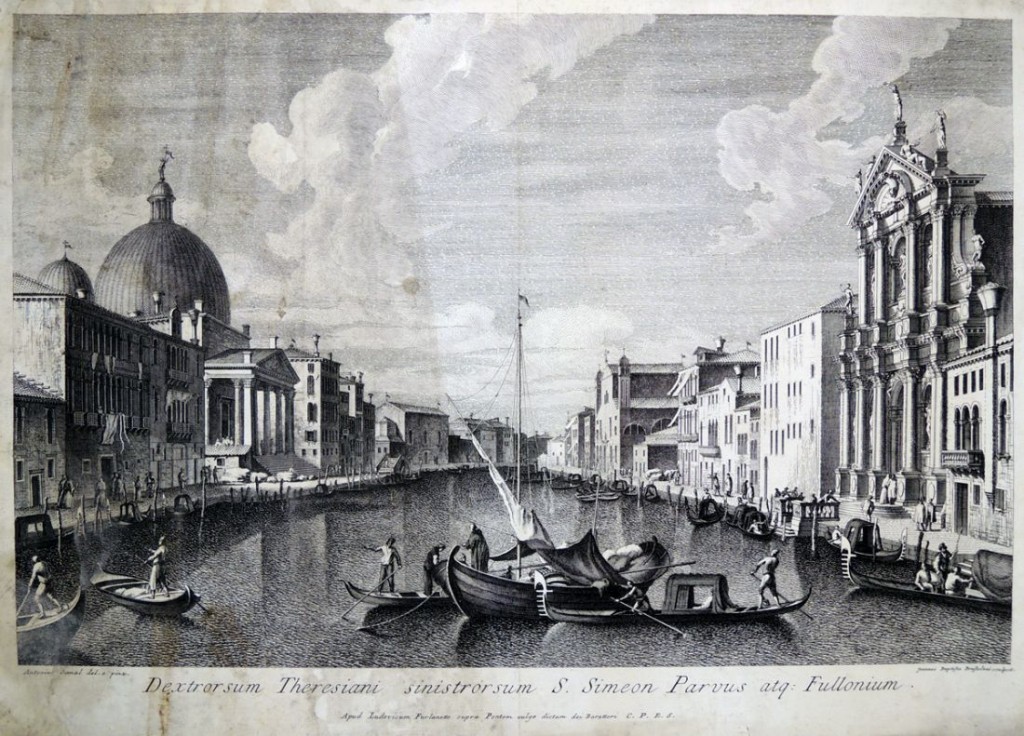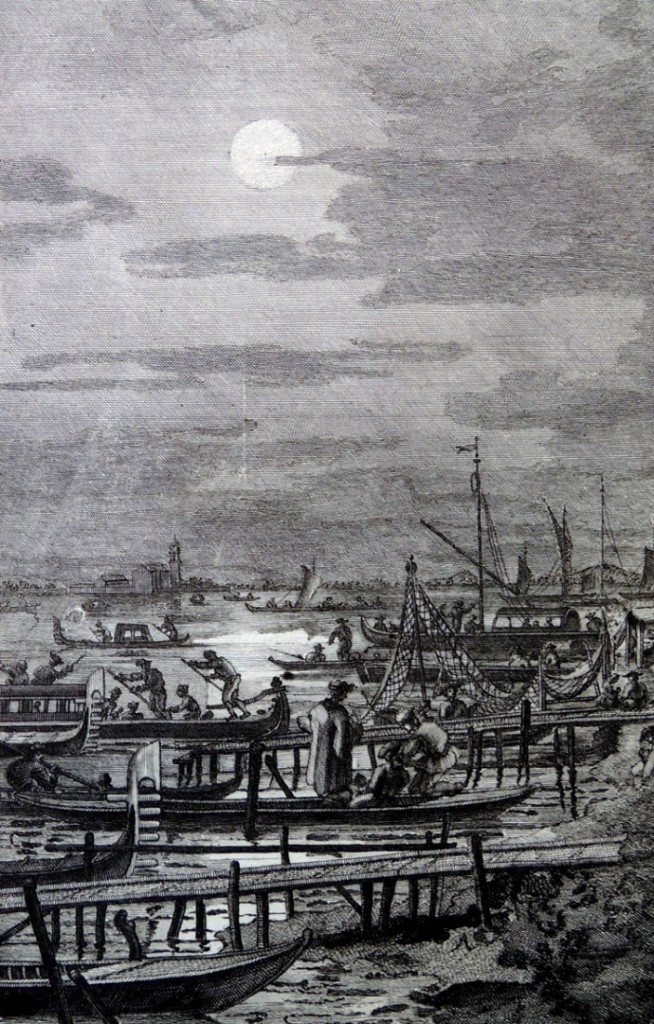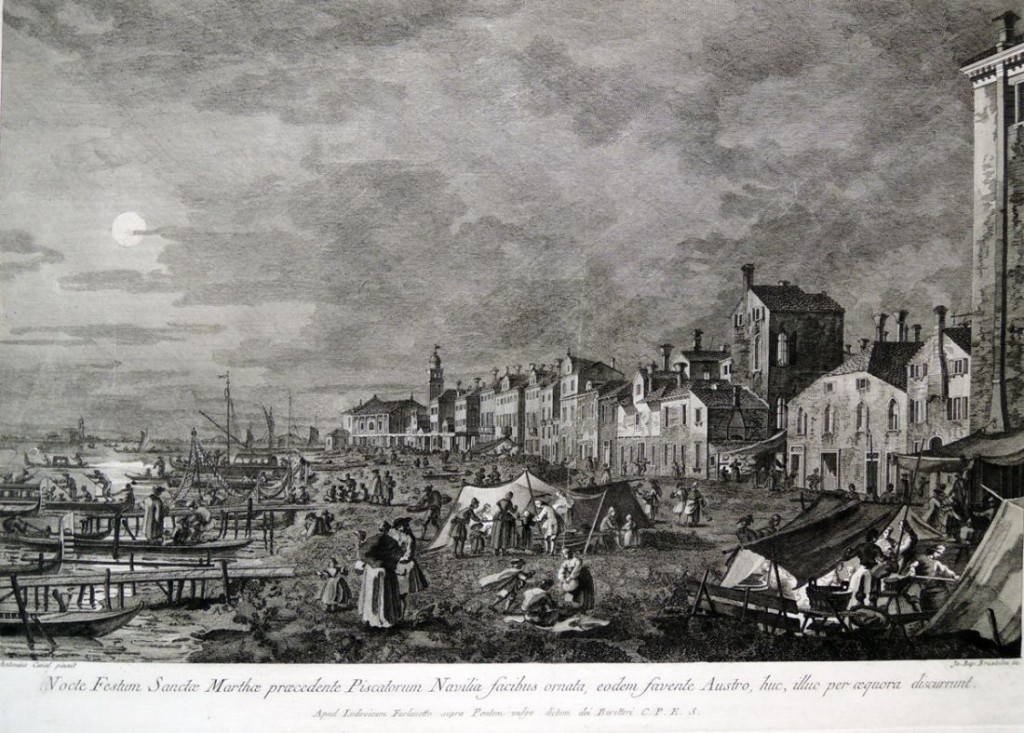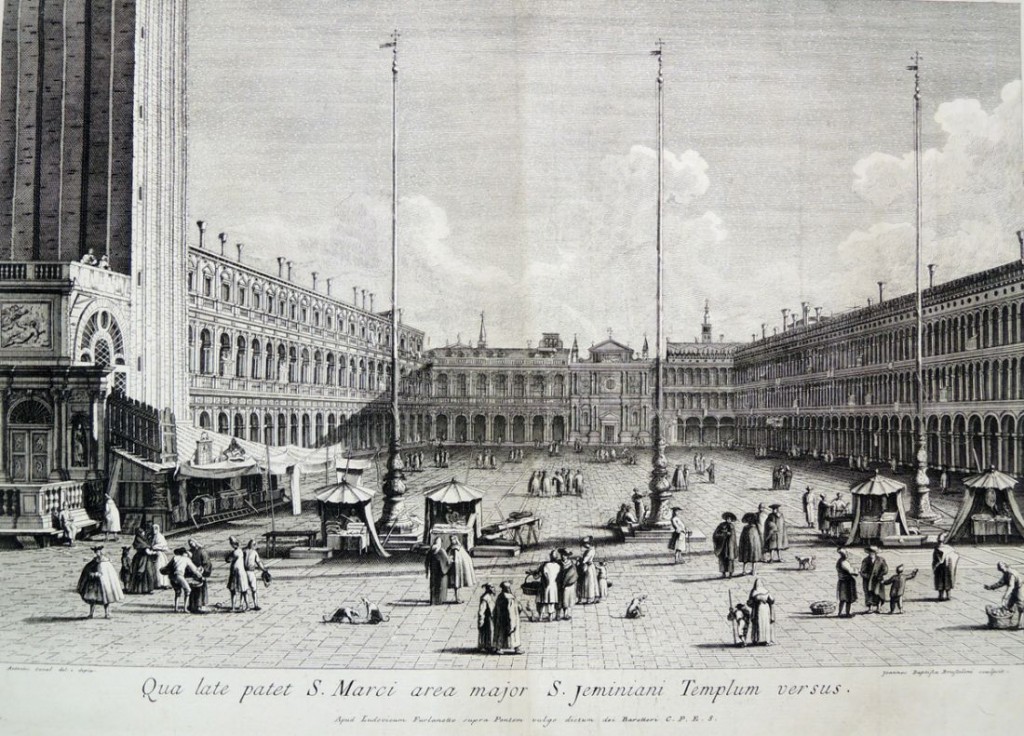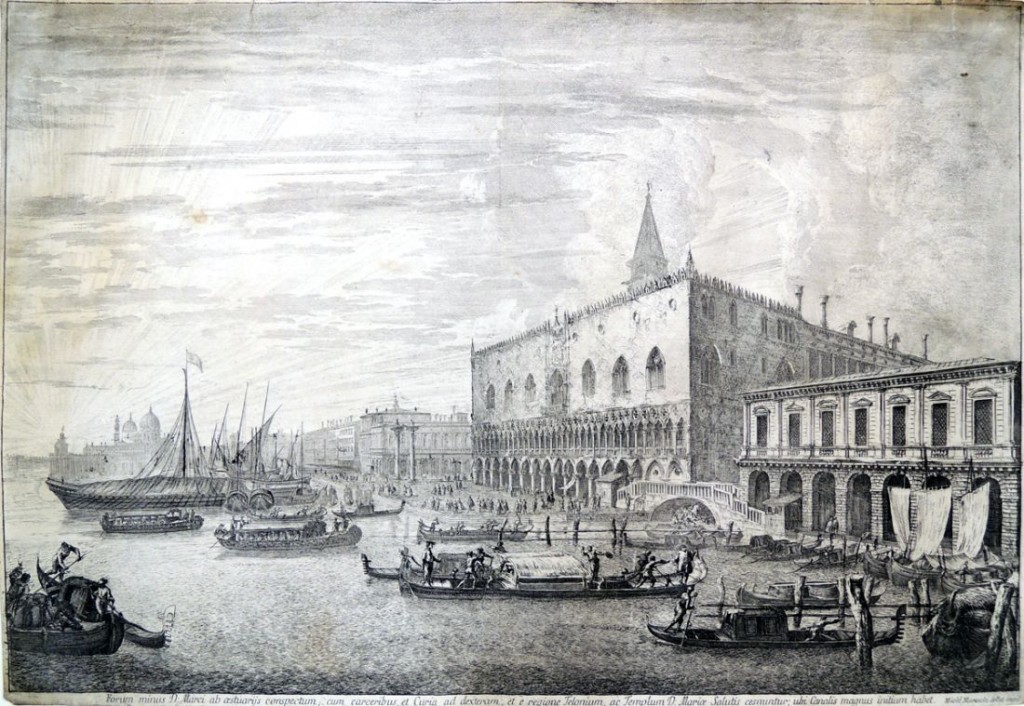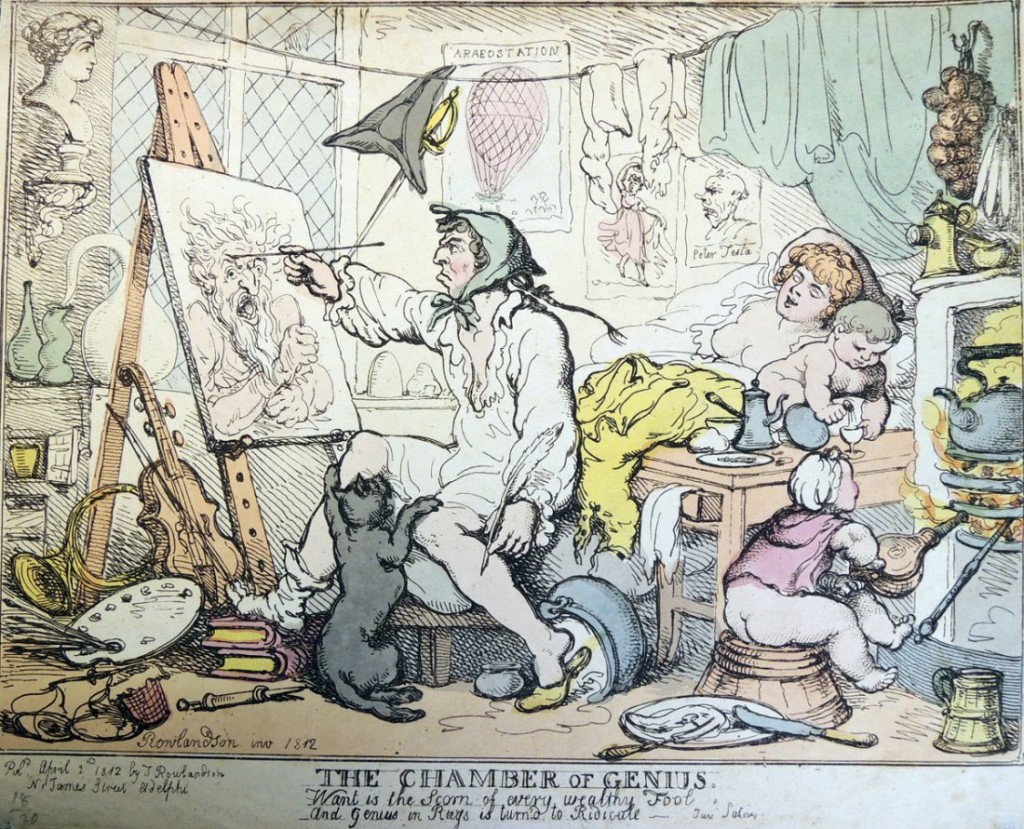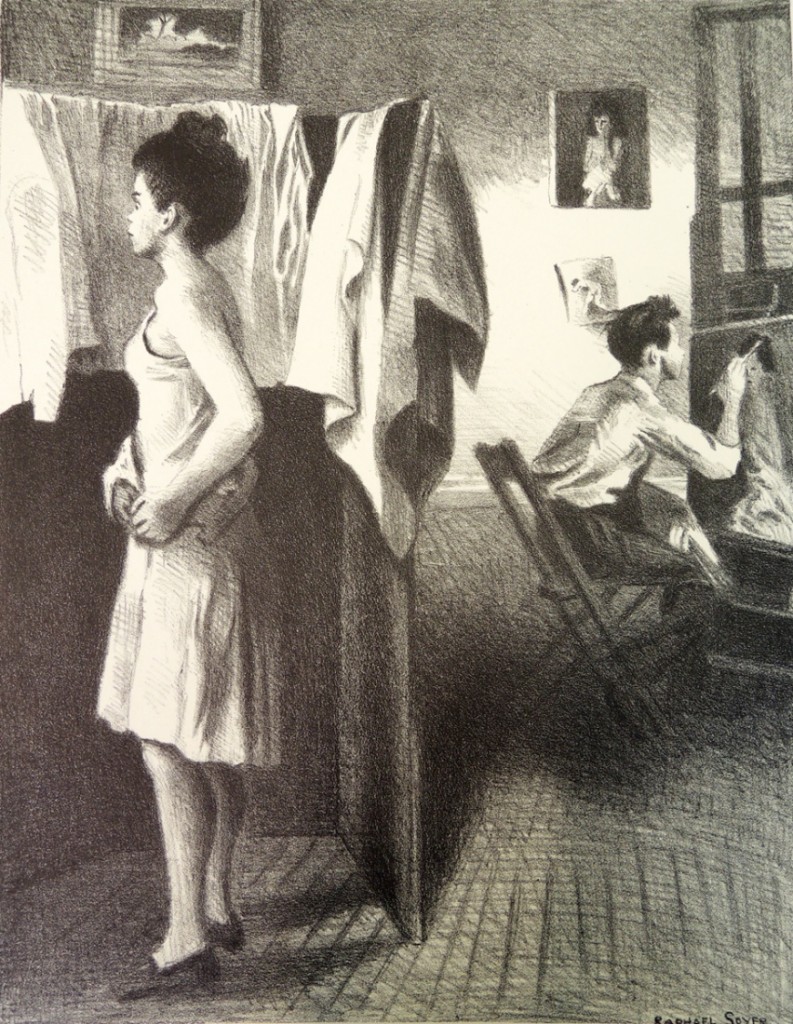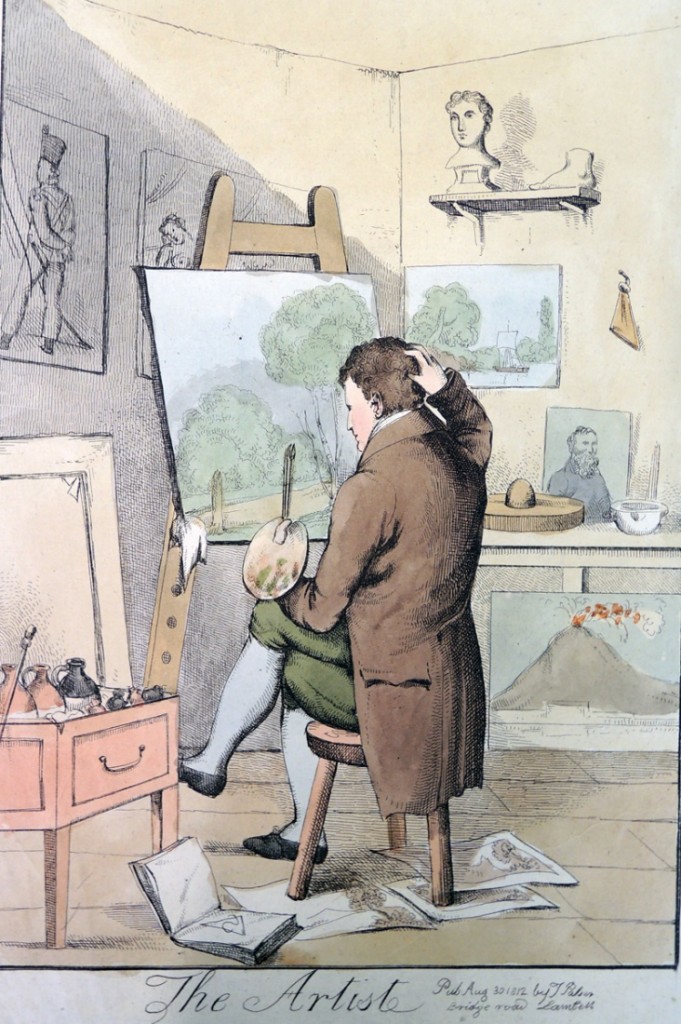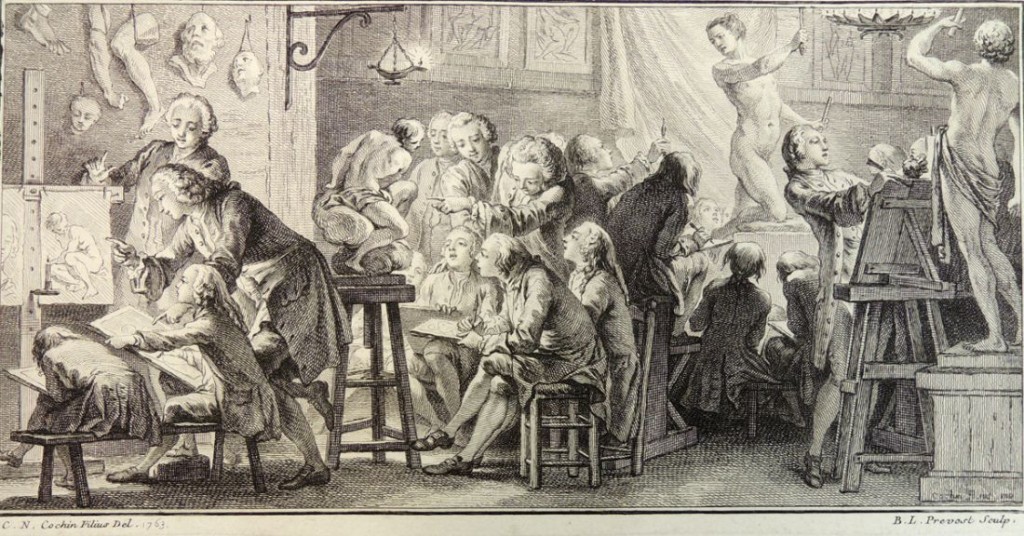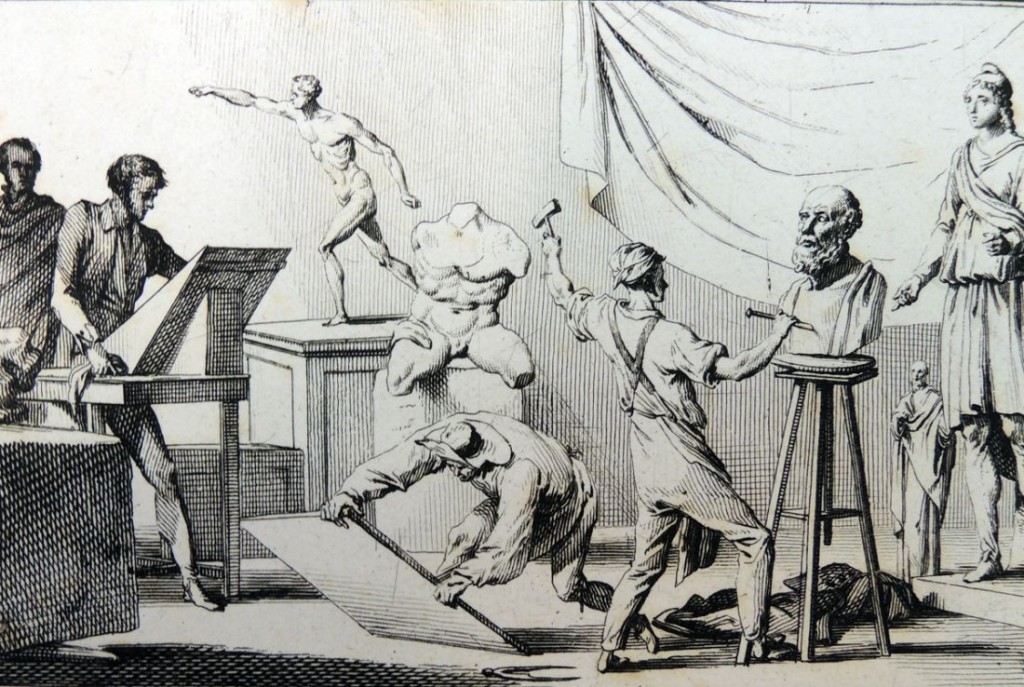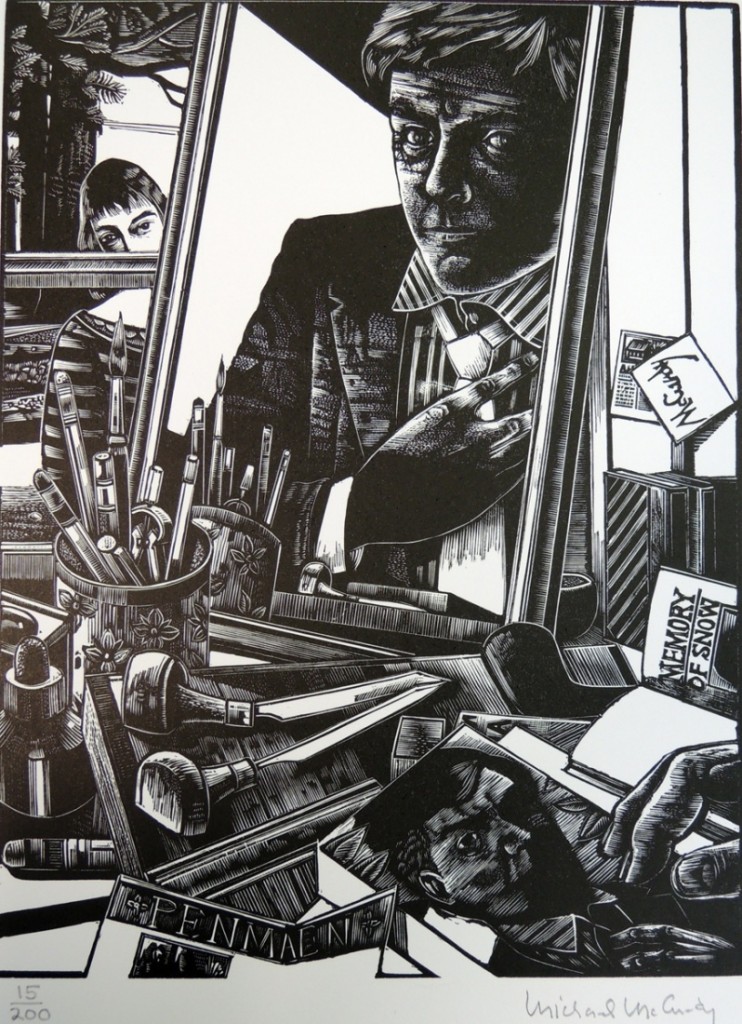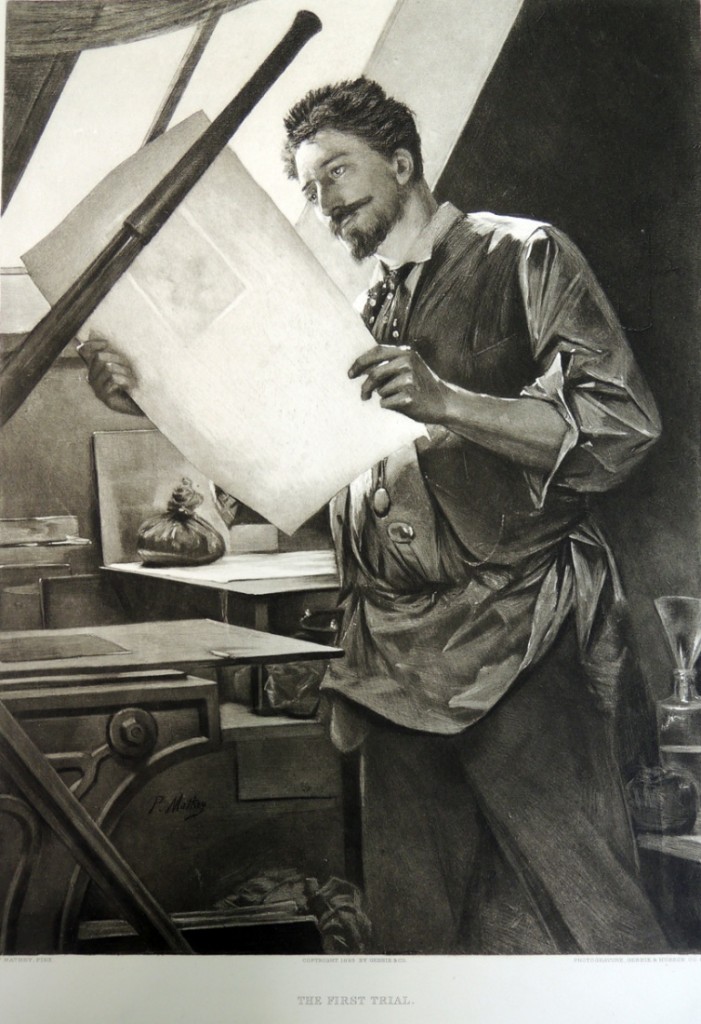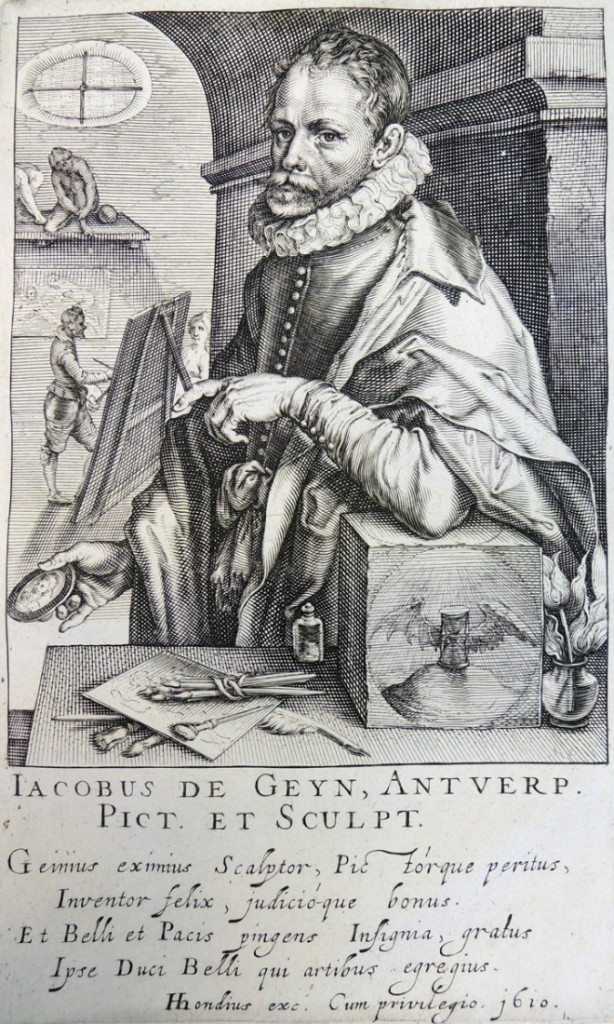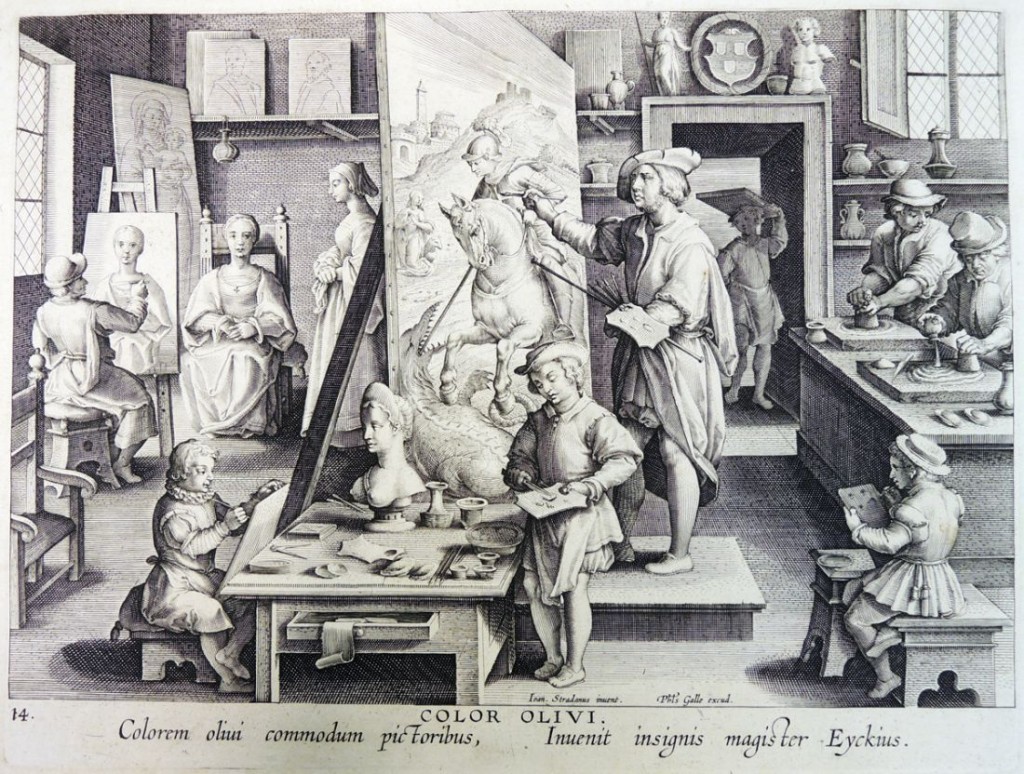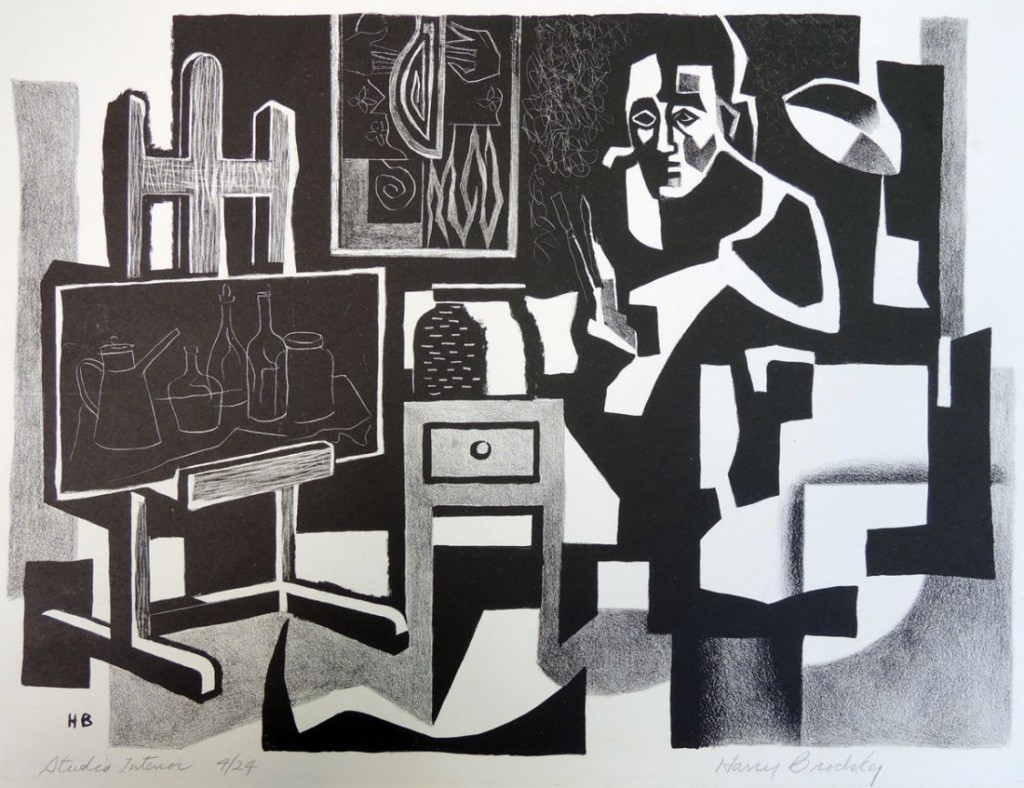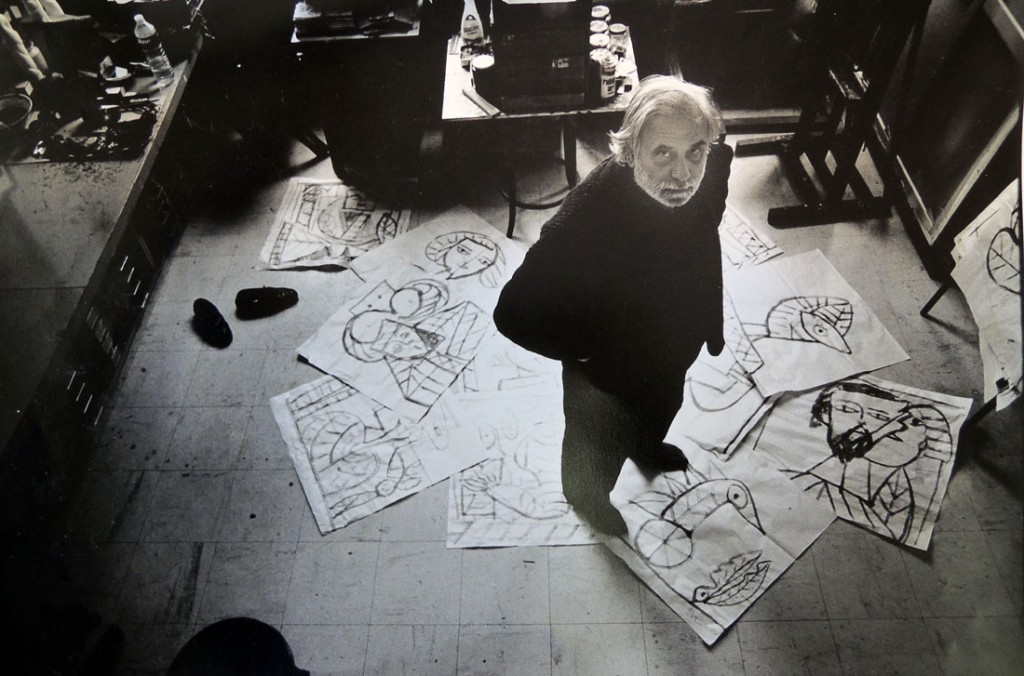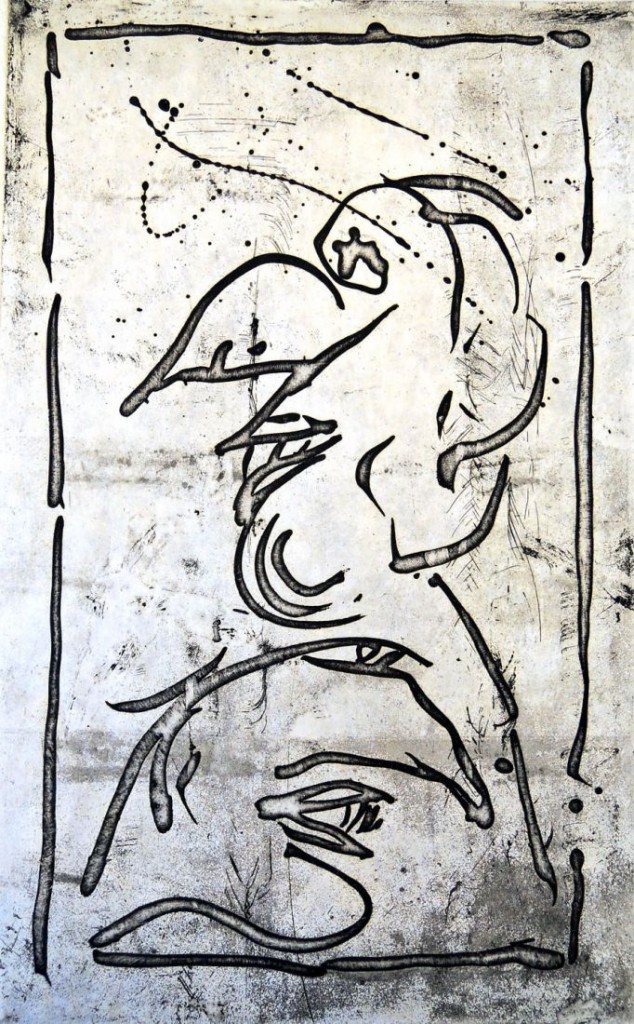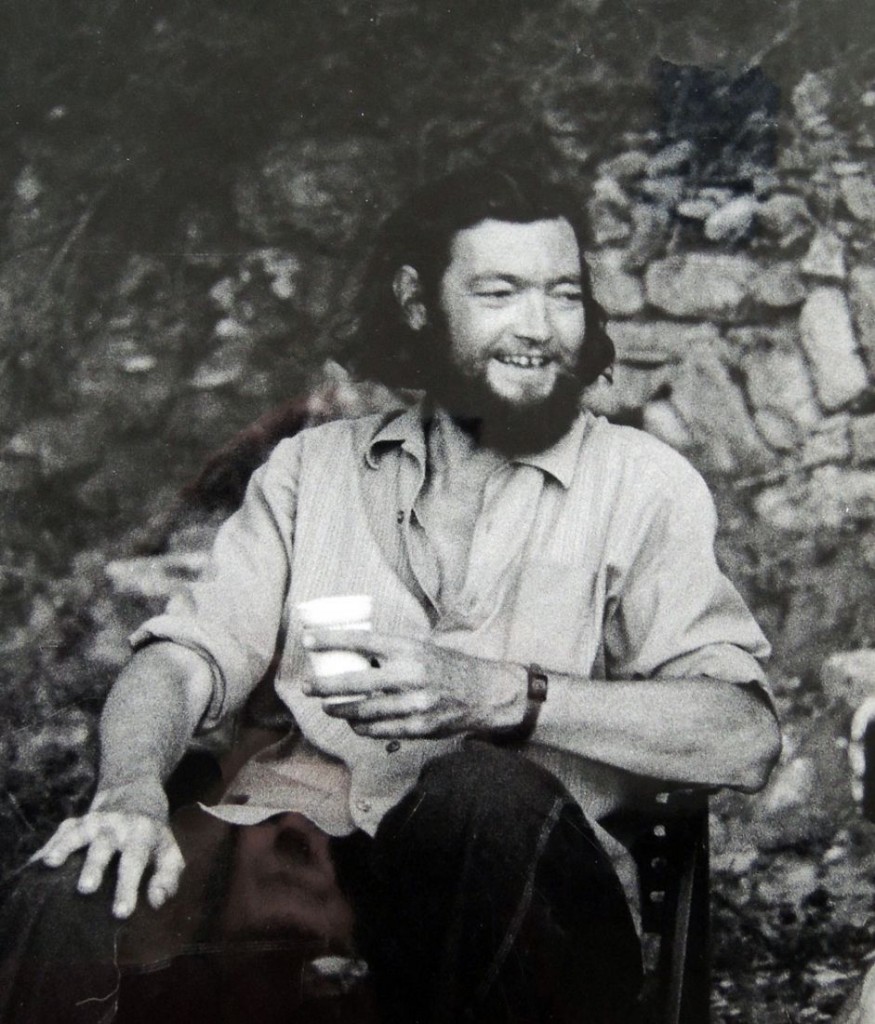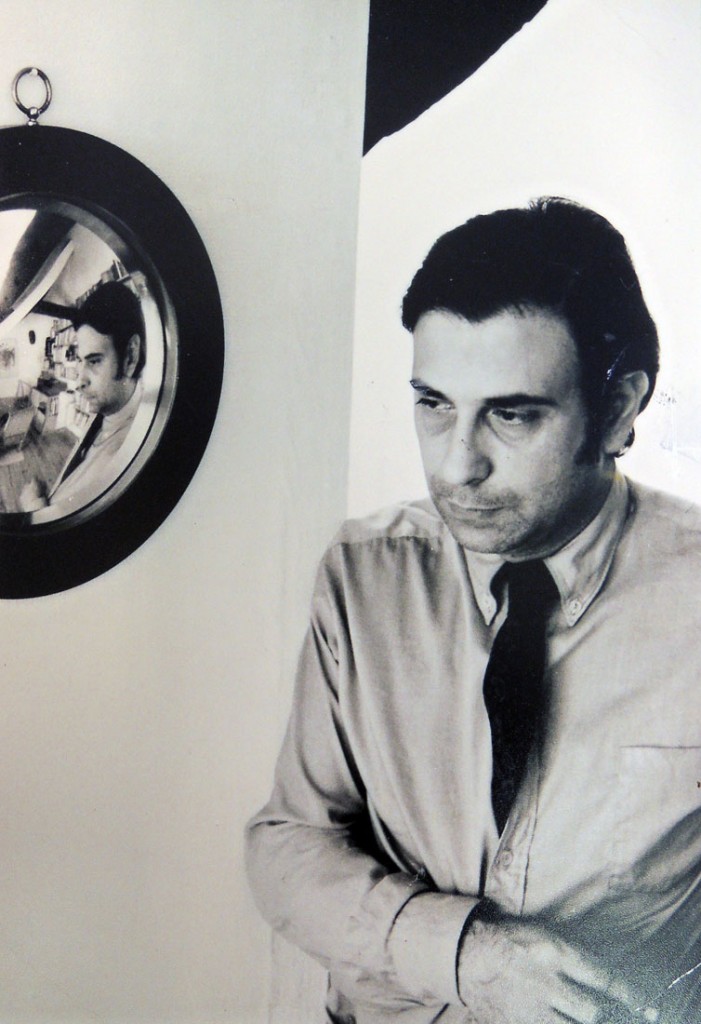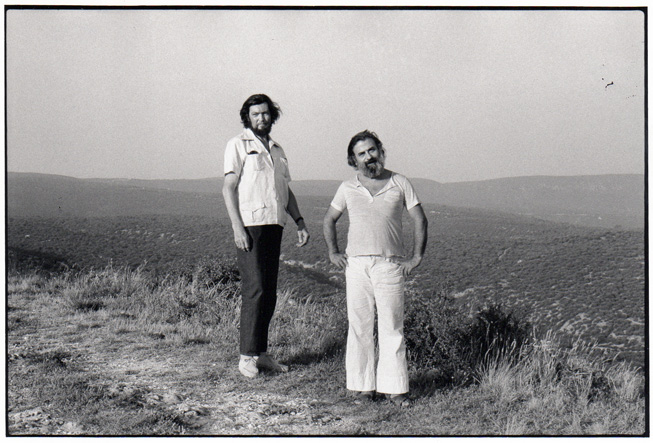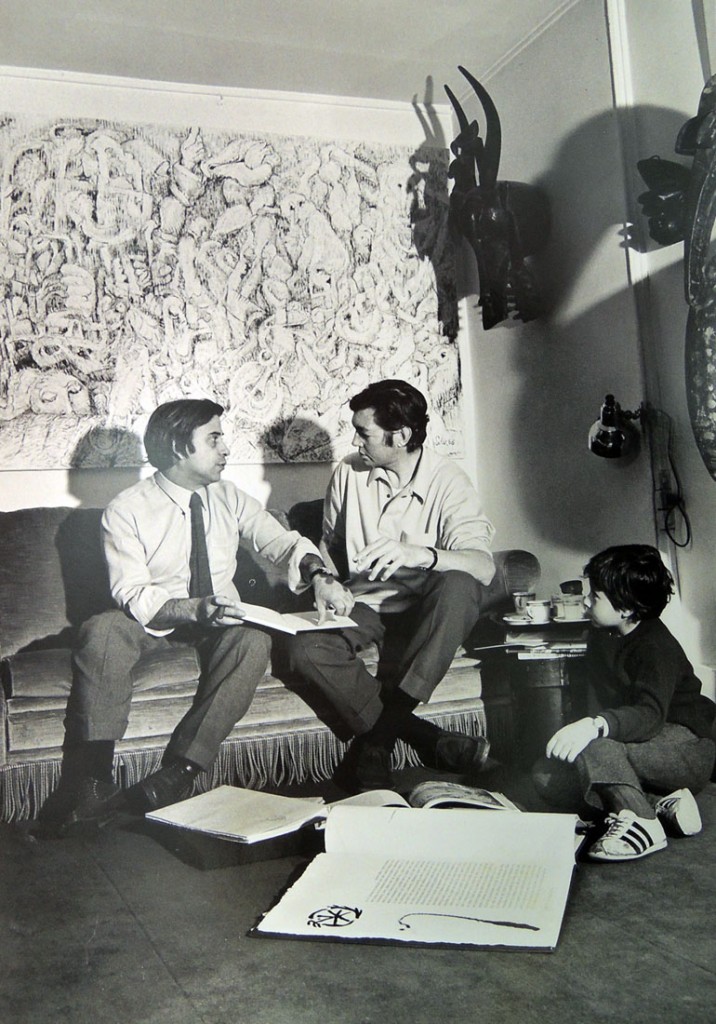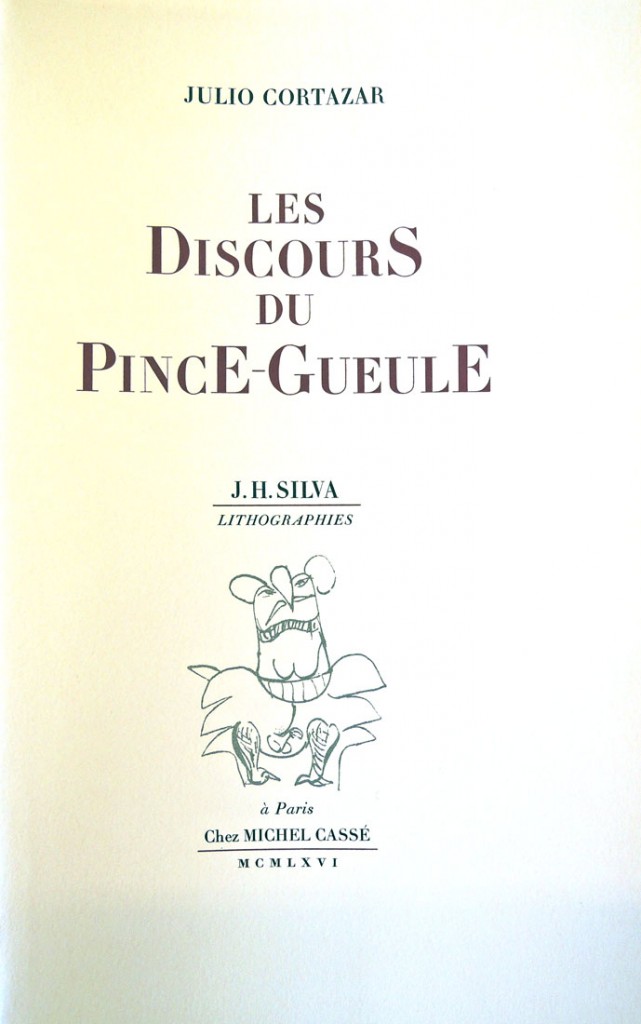
Nikodimos, The Stamp of the Monastery of Saint Catherine, 1696. Woodcut with hand coloring. Graphic Arts Collection GAX 2014- in process. Acquired with matching funds provided by the Program in Hellenic Studies with the support of the Stanley J. Seeger Hellenic Fund.matching funds provided by the Program in Hellenic Studies, and the Valerie Brackett and Nikolaos Monoyios Charitable Fund, in memory of Dimitrios and Kalliopi Monoyios.
“Greek scholars agree in emphasizing the role played by engravers active in [Lwow] in the late seventeenth century,” writes Waldemar Deluga. “Their work had a tremendous impact on changes in the Orthodox religious iconography of later centuries. It was in one of the biggest towns of the old Polish Lithuanian Commonwealth that engravings were being made for the Greek market.”
This slideshow requires JavaScript.
“The artists working on commissions from the stauropegion brethren and from Hatzikyriakis Vourliotis [Chatzēkyriakēs], envoy of the St Catherine monastery in the Sinai, included Nikodém Zubrzycki and Dionizy Sinkiewicz. Their views of the monasteries and images of St Catherine of Alexandria, Moses and Aaron were copied frequently by Greek printmakers. In 1706, the hieromonk Matthaios from Sinai executed a woodcut copy of a view of the Sinai, presumably in a workshop in Crete.” –Waldemar Deluga and Iwona Zych, “Greek Church Prints,” Print Quarterly 19, no. 2 (June 2002): 123-35.
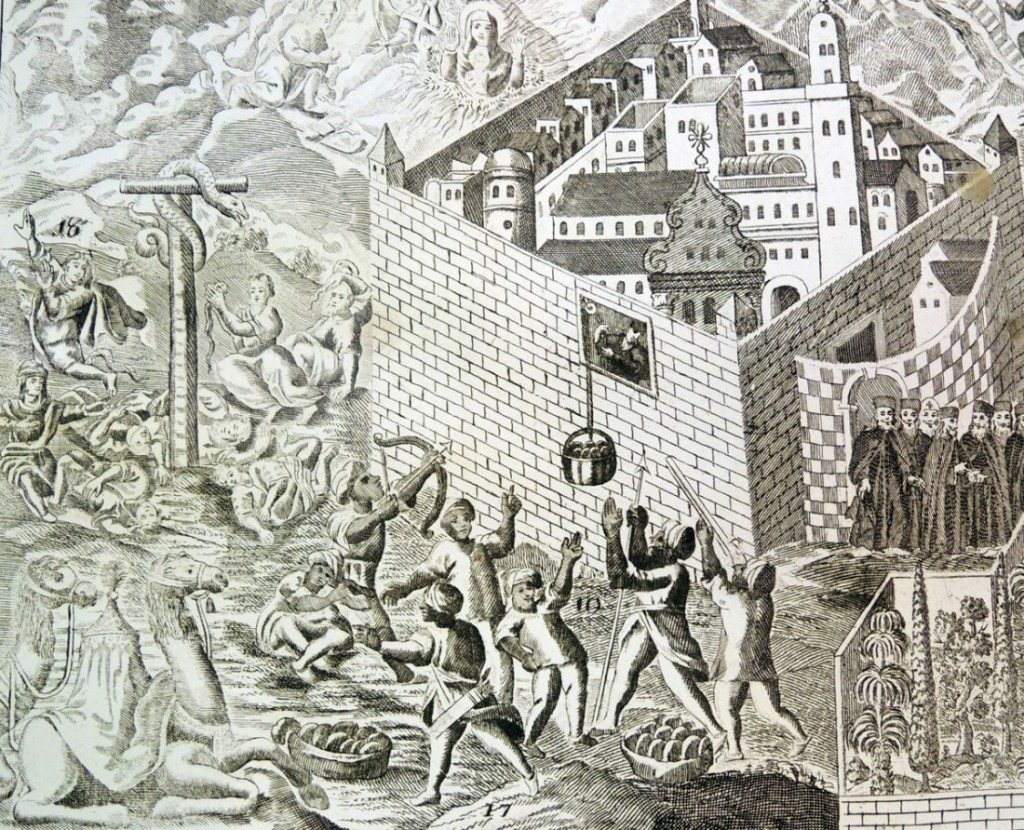
Detail from General View of Mount Sinai, 1727-36. Engraving. Graphic Arts Collection 2014- in process. Acquired with matching funds provided by the Program in Hellenic Studies with the support of the Stanley J. Seeger Hellenic Fund.
Thanks to the hard work of Dimitri H. Gondicas, Director, Stanley. J. Seeger ’52 Center for Hellenic Studies, and to matching funds provided by the Program in Hellenic Studies with the support of the Stanley J. Seeger Hellenic Fund, and the Valerie Brackett and Nikolaos Monoyios Charitable Fund, in memory of Dimitrios and Kalliopi Monoyios, the graphic arts collection has acquired sixteen early religious woodcuts and engravings made for the Monastery of Saint Catherine, Sinai. The prints, which have been dated from 1688 to the early 18th century, are among the earliest known religious prints produced for circulation in the Orthodox East.
The woodcuts were printed mainly in Lwow, Poland, under the patronage and at the expense of the Greek trader Hatzikyriakis Vourliotis. This collection is unique in many ways, not the least of which is the very presence of such early prints from wood, a technique abandoned in the early 18th century and replaced by copper engraving. As Deluga notes, “Few have survived to our day, and they are generally considered a rarity; many are known in a unique impression.”
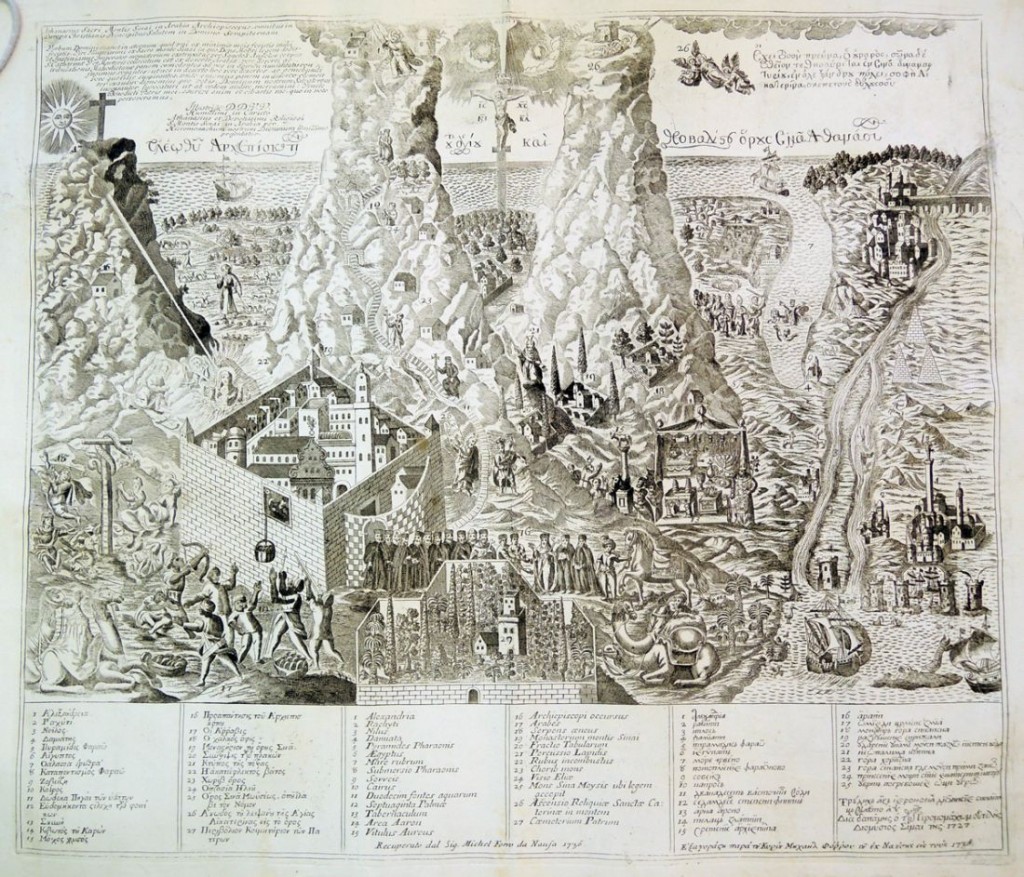
Unidentified artist, General View of Mount Sinai, 1727-36. Engraving. Graphic Arts collection 2014- in process. Acquired with matching funds provided by the Program in Hellenic Studies with the support of the Stanley J. Seeger Hellenic Fund.
“The Monastery of St. Catherine at Mount Sinai is one of the best-known early monastic establishments. Situated in the barren wilderness of the Sinai Peninsula, the monastery is dominated by the mighty massif of Mt. Sinai (Jebel Musa) where, according to the Biblical tradition, Moses received the Tablets of the Law from God.”
This text was written in the spring of 2006, for an exhibition conceived in conjunction with a graduate seminar entitled “Juncture of Heaven and Earth: The Monastery of St. Catherine on Mount Sinai” taught by Slobodan Ćurčić. To see more: http://web.princeton.edu/sites/Archaeology/rp/sinaiexhibit/
The exhibition commemorated Kurt Weitzmann (1904-93) and the Princeton-Michigan expedition to Mt. Sinai. Weitzmann, professor of art and archaeology at Princeton (1945-72) and his colleague George Forsyth, then professor at the University of Michigan (Ann Arbor), organized a series of expeditions (1956-65) to Mount Sinai, with the aim of studying the Monastery of St. Catherine and its treasures.
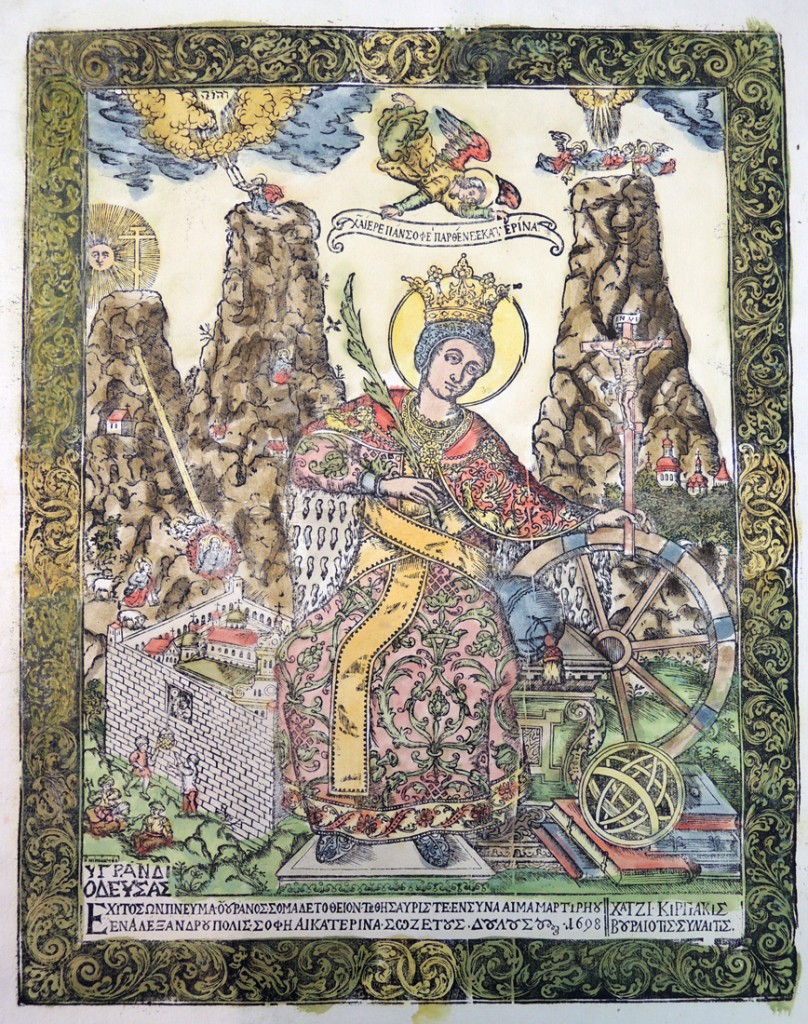
Nikodimos, Saint Catherine, 1698. Woodcut with hand coloring. Graphic Arts Collection gax 2014- in process. Acquired with matching funds provided by the Program in Hellenic Studies with the support of the Stanley J. Seeger Hellenic Fund.
This is the earliest known ‘paper icon’ of Saint Catherine.
Beside the article in Print Quarterly, one of the best sources of information on these prints, and topic in general, is: Dore Papastratou, Paper Icons: Greek Orthodox Religious Engravings, 1665-1899 (Athens: Papastratos; Recklinghausen: A. Bongers, 1990). Marquand Library (SA) Oversize NE655.2 .P3713 1990q
Mount Sinai and the Monastery of St. Catherine; an exhibition based on the expedition sponsored by the University of Michigan, Princeton University, and the University of Alexandria (Princeton, N.J.: Princeton University Library, 1960). Marquand Library (SA) BX387 .M68
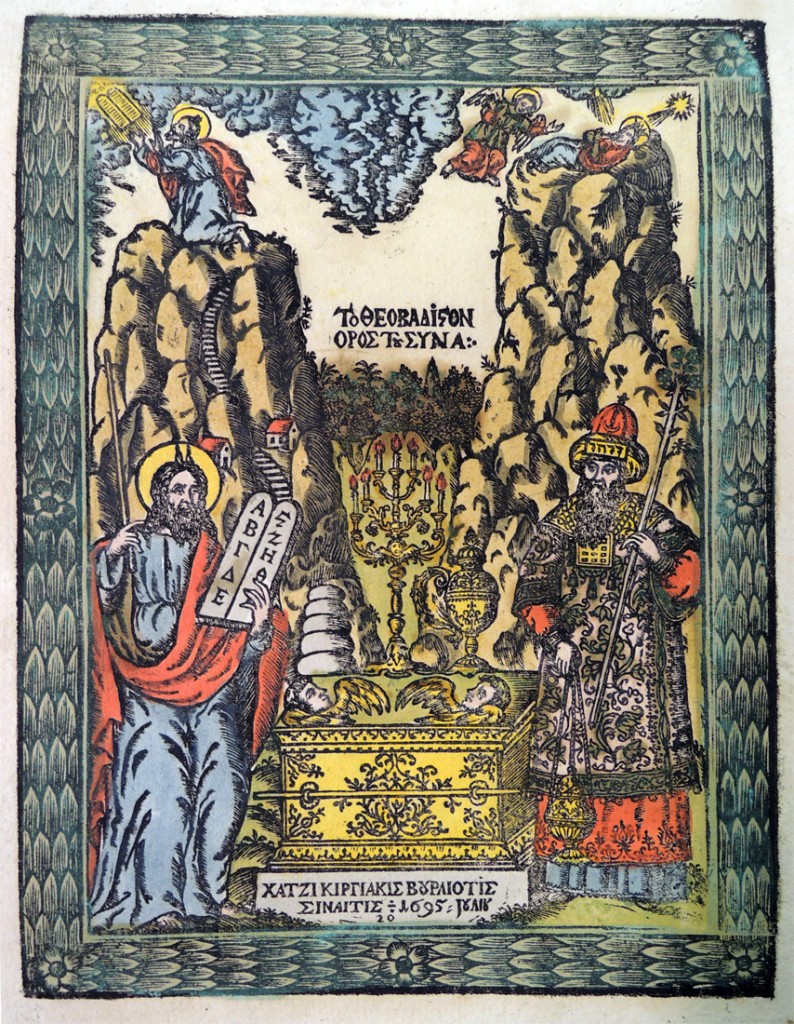
Please note that since this post was written, we have made a correction. We had attributed some works to a certain monk Nikodimos Rokou. This is a mistake, due to a misunderstanding of an inscription that interpreted the polish word Rokou or better Roku as the painter’s last name, whereas in fact the word “roku” in Polish language stands for “during” and usually accompanies a date. Thus the inscription reads: IER[O]DIAKON NIKODIM / ROKU 1688 etc. which means “[made by] priest Nikodim, during the year 1688”. In light of this evidence, the catalogue entry has be updated and the painter’s name be changed from Nikodimos Rokou to plain Nikodimos (ιεροδιάκονος Νικόδημος). Thanks to Dr. Margarita Voulgaropoulou for her help in this attribution.

